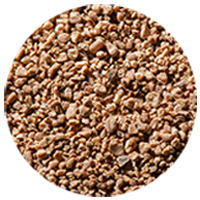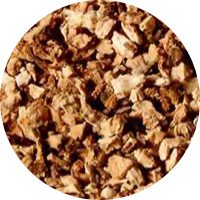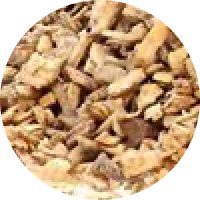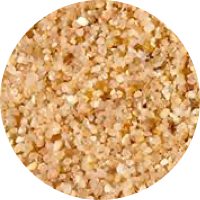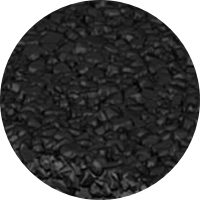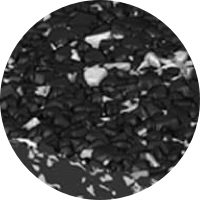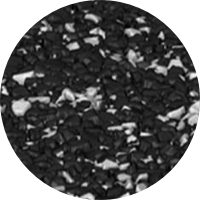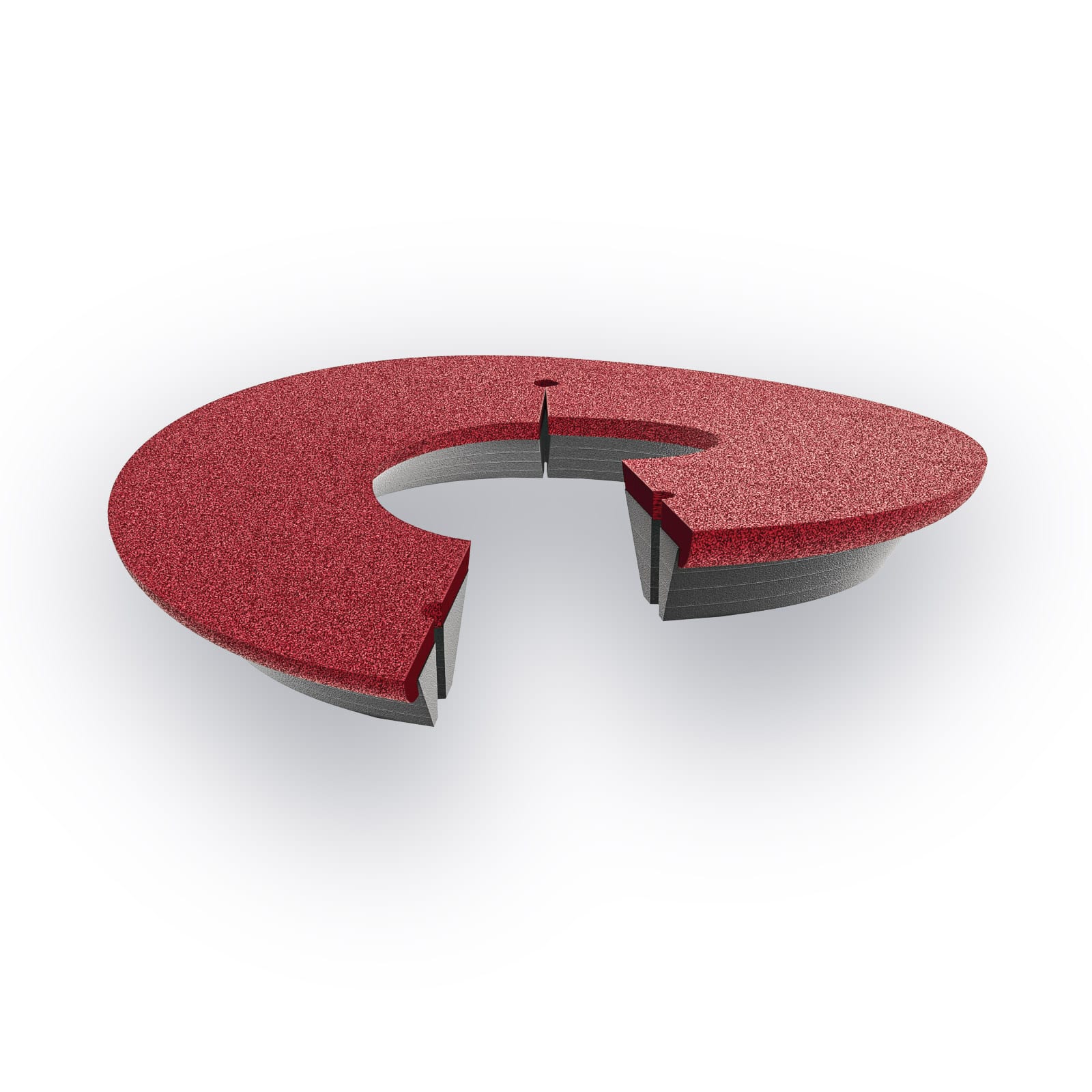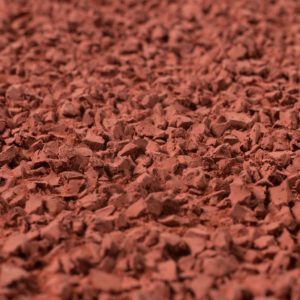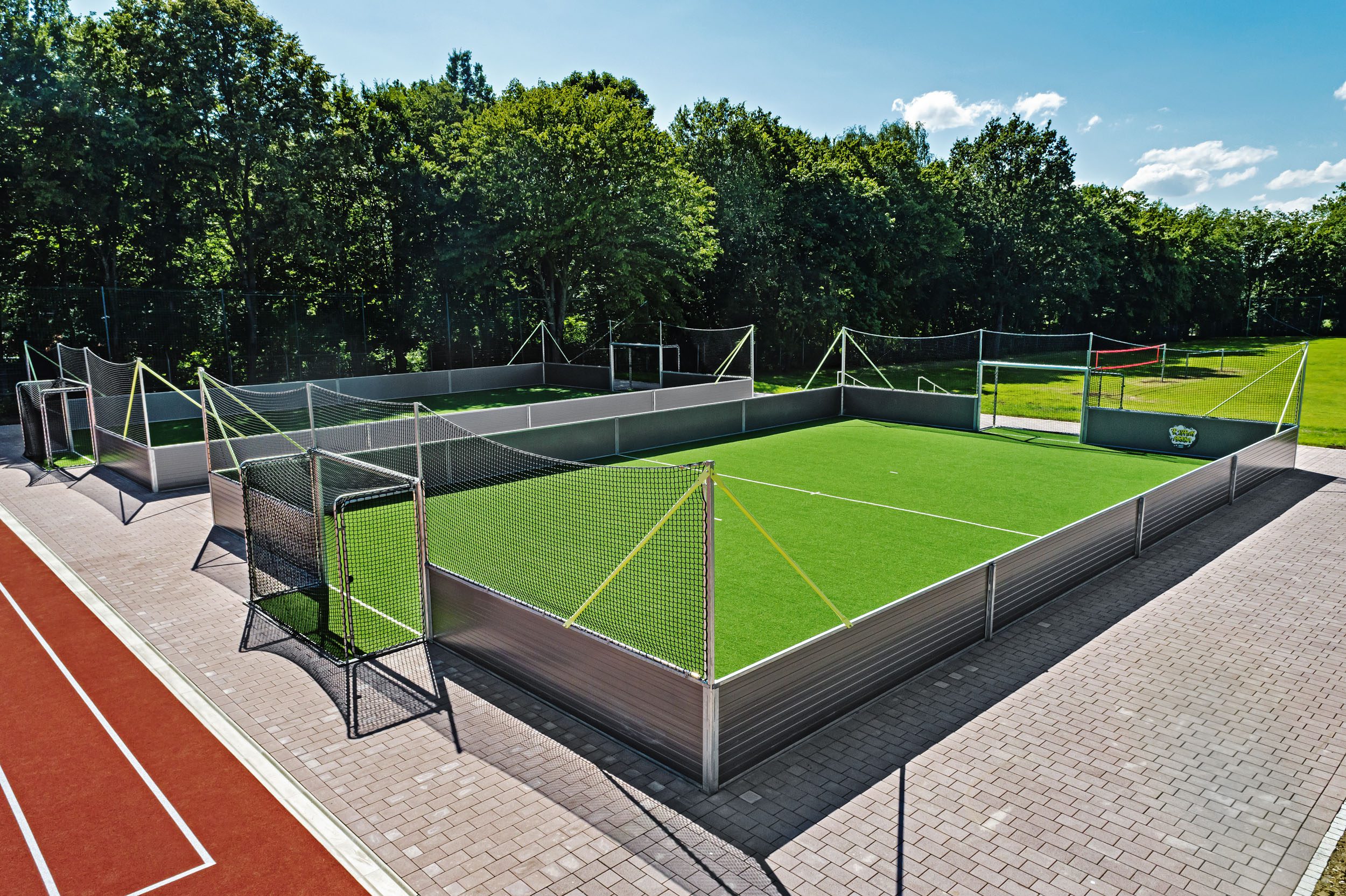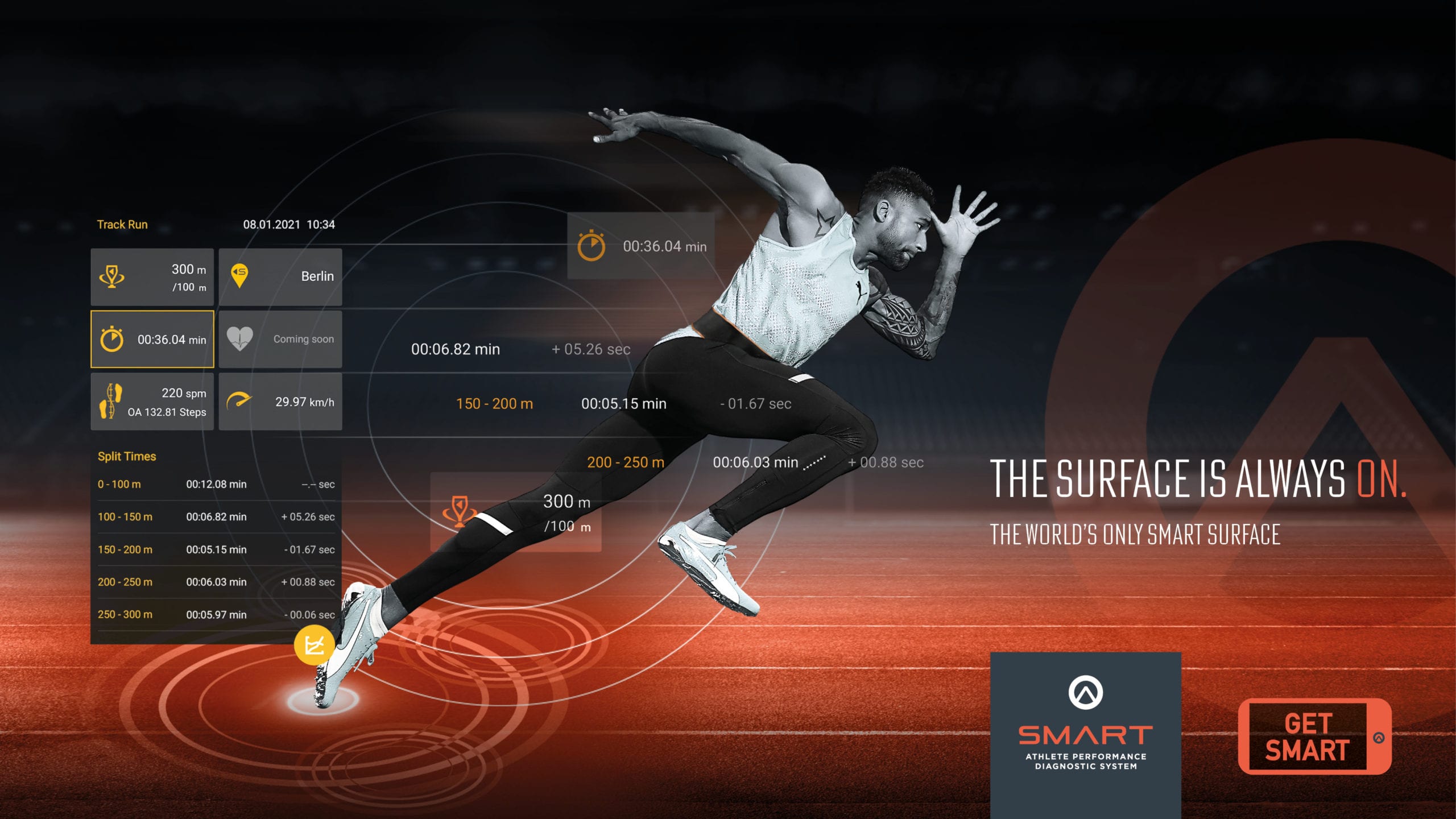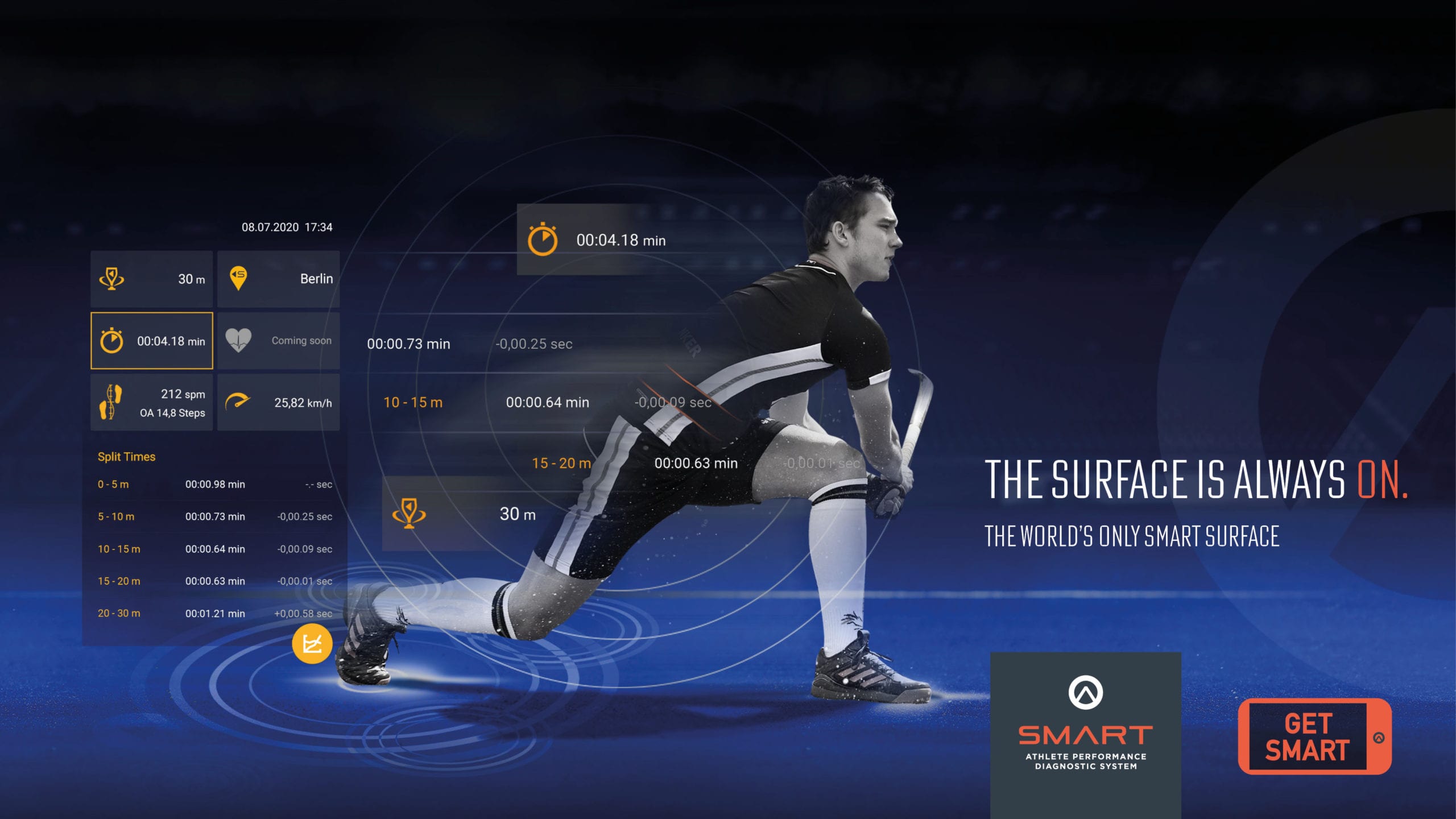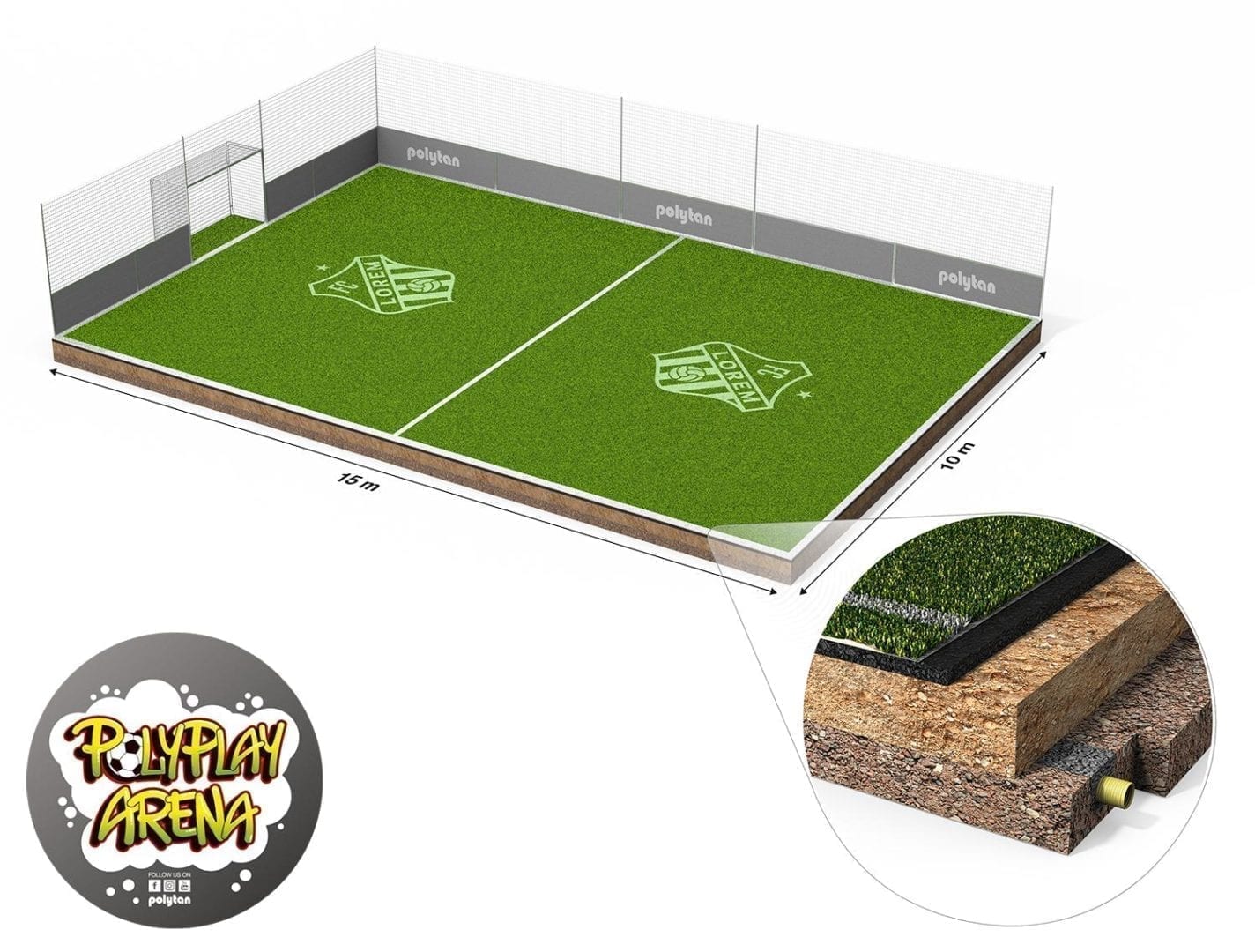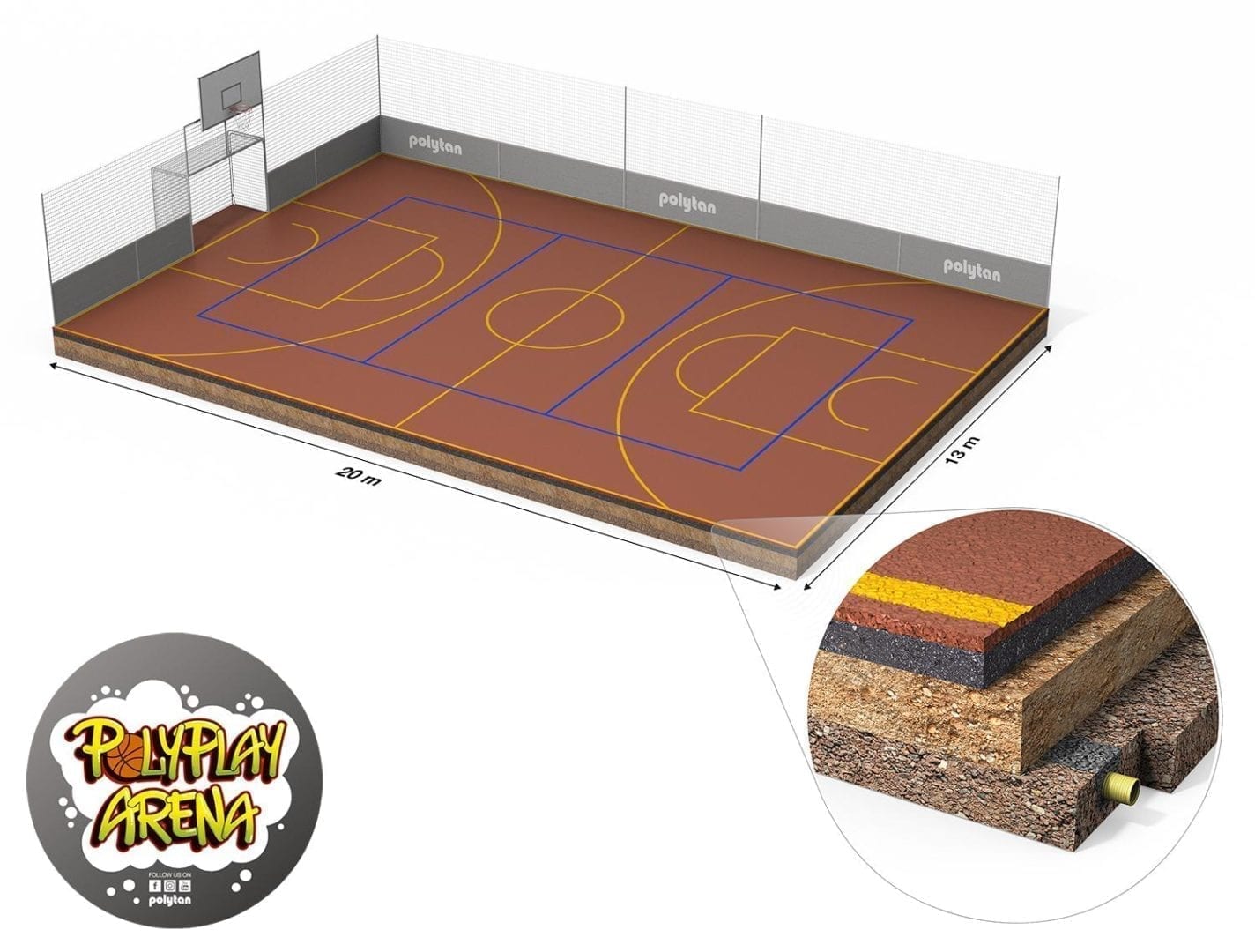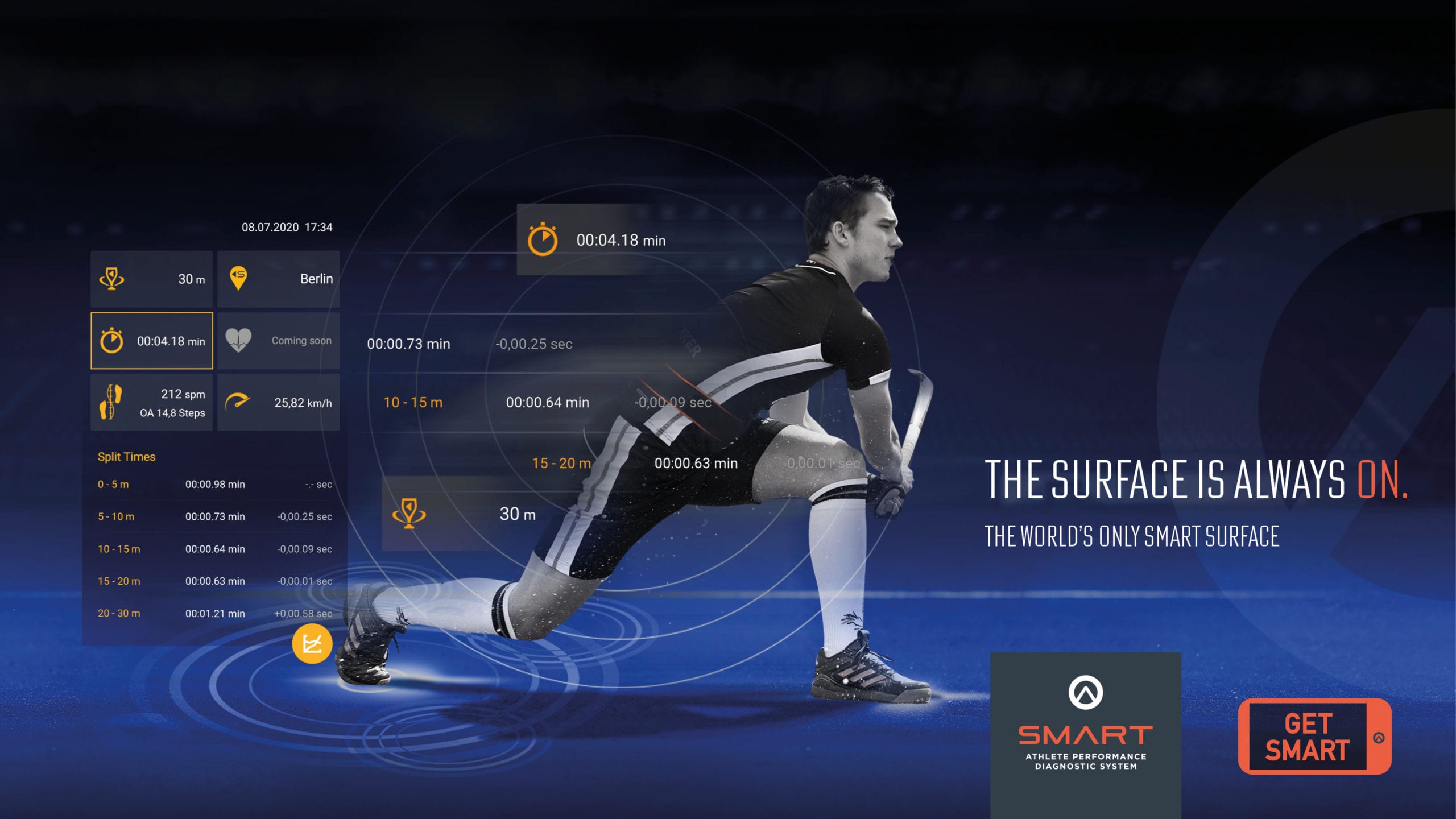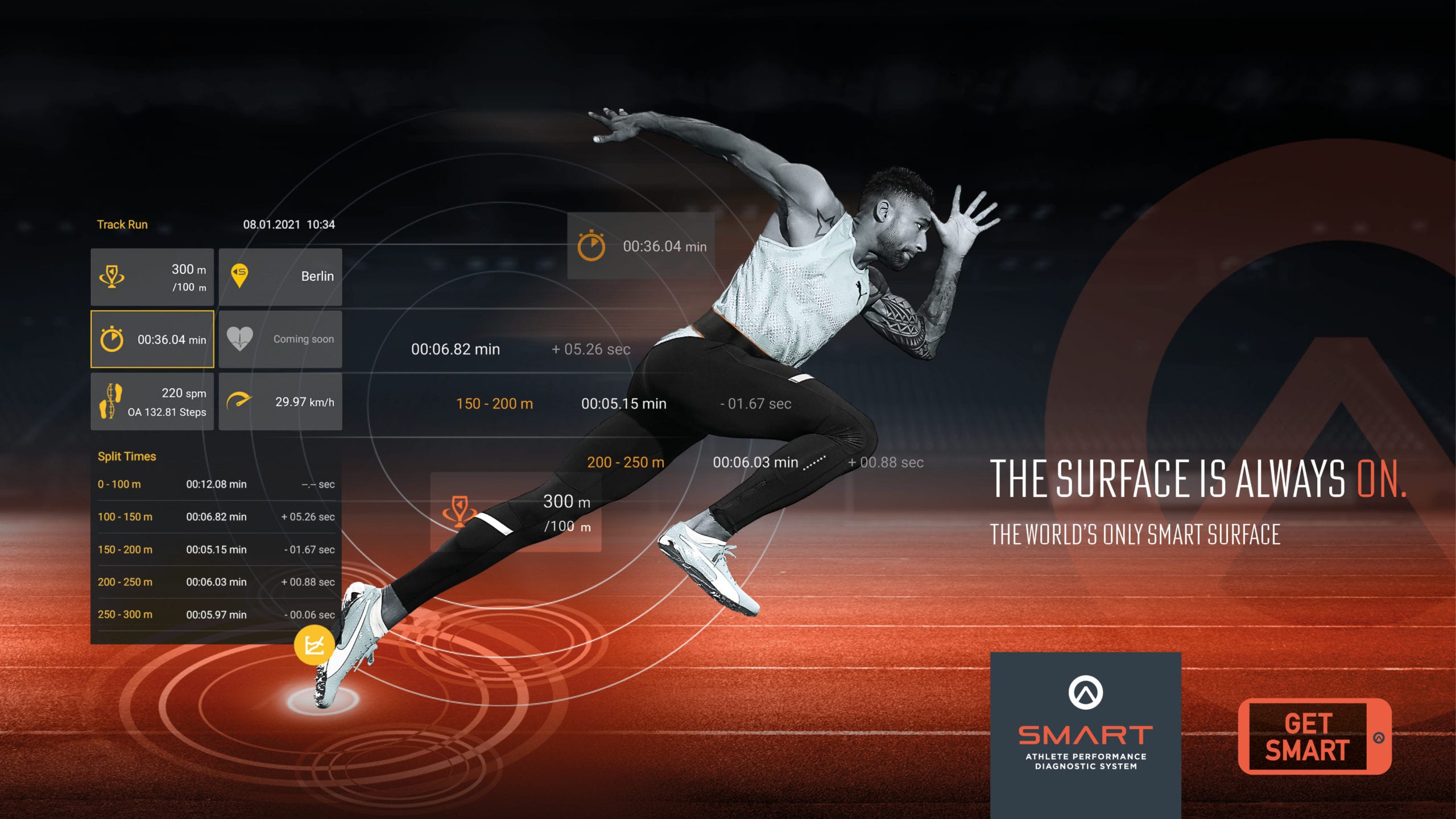Laykold padel court system in Baar-Ebenhausen
Letting off steam on the court
Padel is a new trend in Germany that has nothing to do with paddling on water. It’s a new racket sport, practised by four players on a glass and metal court that can be incorporated into the game.
At first glance, padel looks like a pocket-sized version of tennis, but despite their similarities, there are also significant differences that all in all, guarantee plenty of fun and maximum movement. The ball is constantly in motion, flying to and fro at incredible speed, and there are lots of ball changes in quick succession. For experienced players, this results in relatively long and often spectacular playing sequences. In any case, enormous fun and a great opportunity to let off steam.
And that is precisely why Dr. O.K. Wack Chemie GmbH built a padel court for its employees when moving into its new company building. Our Laykold padel system has been installed at the site in Baar-Ebenhausen near Ingolstadt, which makes us particularly proud, as the court is only 20 kilometres away from our headquarters in Burgheim. “For us, the new padel court at Dr. Wack is a real win – padel offers us the ideal outlet after an intense work day and fosters team spirit in a whole new way,” says Susanne Pfeil, Plant Manager at Dr. O.K. Wack Chemie GmbH.
For the substructure, we installed our innovative Laykold Padel ET substructure system, rather than the usual hard concrete. It combines outstanding properties in terms of cushioning, water-permeability and durability and guarantees a playing surface of the highest quality.
The overlying synthetic turf scores with optimal functional athletic properties and offers players excellent performance. This is made possible by the 10-mm filament height, a prerequisite for optimal playing conditions. The speed of the game can be individually adjusted based on the sand fill quantity, while UV protection ensures the long-term colour stability of the fibres.
Our padel court also fulfils the highest standards. The metal construction of the court can be made from hot-dip galvanised steel and the corner profiles are at least 3 mm thick. The steels are also stainless steel. The tested structure is designed to withstand wind loads in the respective zone. CE marking is granted in accordance with Standard EN 1090.
We are excited to pave the way for this new trend sport with our surfaces.
